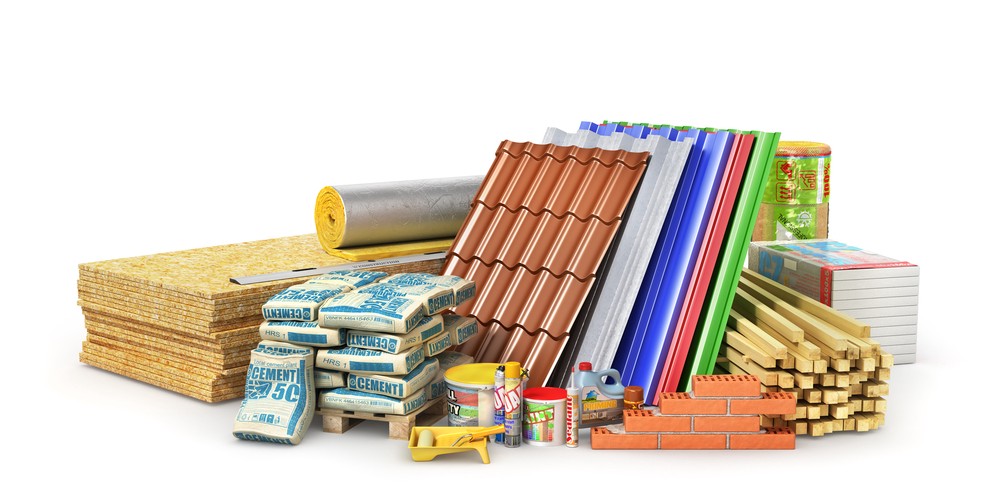Opening the Ecological Benefits of Recycled Compounds in Building And Construction and Layout
In the realm of building and design, the use of recycled composites holds substantial pledge for boosting sustainability practices and lowering environmental effect (composites). By incorporating these innovative products, there is a potential to address crucial issues such as waste reduction, energy conservation, and a decline in carbon footprint. The shift in the direction of an extra sustainable future in these markets rests on opening the complete possibility of recycled composites. This conversation will discover the multifaceted advantages and challenges linked with integrating recycled composites right into building and layout, offering a glimpse right into the transformative possibilities that exist ahead.

Environmental Impact Reduction
The decrease of ecological effect with the usage of recycled composites in construction and design plays an essential function in sustainable practices. By integrating recycled compounds right into structure products, the building and construction sector can substantially decrease its carbon impact and add to an extra environment-friendly future. These lasting products, made from repurposed plastics, wood fibers, or other recycled elements, offer a viable option to standard building and construction products without jeopardizing on quality or sturdiness.
Recycled compounds aid draw away waste from land fills and minimize the requirement for drawing out raw products, thus saving natural deposits. Furthermore, the manufacturing procedure of these compounds typically consumes less power and emits fewer greenhouse gases contrasted to generating virgin materials (composites). This shift in the direction of making use of recycled compounds not just lessens environmental damage but likewise promotes a round economic climate by urging the reuse of materials that would or else be discarded
Waste Minimization
With an emphasis on decreasing waste in building and design, the combination of recycled compounds supplies a sustainable solution to minimize ecological impact. Waste minimization is an essential facet of sustainable practices, and making use of recycled compounds offers an opportunity to accomplish this goal successfully. By making use of products that have actually currently served their initial objective, such as recycled plastics or recovered timber fibers, the construction and layout markets can substantially lower the amount of waste generated and sent out to garbage dumps.
Recycled composites have the possible to draw away substantial amounts of waste from typical disposal techniques, adding to a much more circular economy where resources are utilized efficiently. Furthermore, the manufacturing procedure of recycled compounds frequently consumes much less energy and generates fewer emissions compared to virgin materials, even more minimizing the environmental footprint of construction and layout projects.
Carrying out waste minimization methods with the unification of recycled composites not just helps in conserving natural deposits yet also advertises a much more lasting strategy to building and developing for a greener future.
Energy Conservation
Integrating recycled compounds not just decreases waste in construction and layout however also plays a crucial duty in improving power conservation methods within the market. Using recycled compounds in building can substantially add to power conservation via different ways. Firstly, the manufacturing of virgin materials usually needs substantial power inputs, whereas using recycled compounds takes in less energy, thereby lowering total power consumption. Furthermore, including recycled composites can add to much better insulation buildings in structures, lowering the demand for extreme home heating or air conditioning, and subsequently decreasing power usage for climate control. The lightweight nature of numerous recycled composites can lead to lighter frameworks, needing less energy for transportation and setup. By promoting the use of recycled composites in construction and style, the sector can make considerable strides in the direction of attaining energy performance and decreasing its carbon footprint, ultimately adding to a much more sustainable built setting.
Carbon Impact Reduction
Enhancing sustainability techniques with the application of recycled composites in building and construction and style dramatically minimizes the carbon impact of the sector. By including recycled materials right into the production of composites, the requirement for virgin sources decreases, causing reduced energy consumption and greenhouse gas exhausts associated with typical manufacturing procedures. recommended you read This decrease in carbon impact is important in combating climate adjustment and advertising a more eco friendly approach to building and construction and style.
Furthermore, the use of recycled composites also helps in drawing away waste from land fills, thereby minimizing the ecological effect of disposal and promoting a circular economic climate. The carbon footprint decrease achieved with the adoption of recycled compounds lines up with the international push towards lasting techniques and the decrease of commercial exhausts. It showcases a dedication to liable resource administration and a shift in the direction of greener choices in the construction and layout industries. Eventually, by prioritizing the assimilation of recycled composites, the market can make significant strides in lowering its carbon impact and contributing to a much more lasting future.
Lasting Future
The combination of recycled compounds in building and construction and layout not only addresses instant environmental issues however additionally lays a solid structure for a sustainable future in the industry. By incorporating recycled compounds right into structure materials and items, the construction and design fields can considerably lower their reliance on virgin resources, causing a more circular economic climate. This change in the direction of sustainability is critical for reducing the ecological i thought about this influence of standard construction techniques, which typically lead to high degrees of waste generation and resource depletion.

Conclusion
In conclusion, recycled composites supply considerable environmental advantages in construction and layout by lowering ecological effect, reducing waste, saving power, lowering carbon footprint, and promoting a lasting future. Welcoming making use of recycled compounds can add to an extra environmentally-friendly strategy to structure and layout, inevitably resulting in a more sustainable and greener future for all.
The reduction of environmental influence via the use of recycled composites in building and construction and style plays a critical role in lasting techniques.With an emphasis on reducing waste in building and construction and design, the combination of recycled composites uses a sustainable solution to lower ecological impact. By advertising the usage of recycled compounds in building and construction and layout, the industry can make considerable strides towards achieving power performance and lowering learn this here now its carbon impact, eventually contributing to an extra sustainable built setting.
